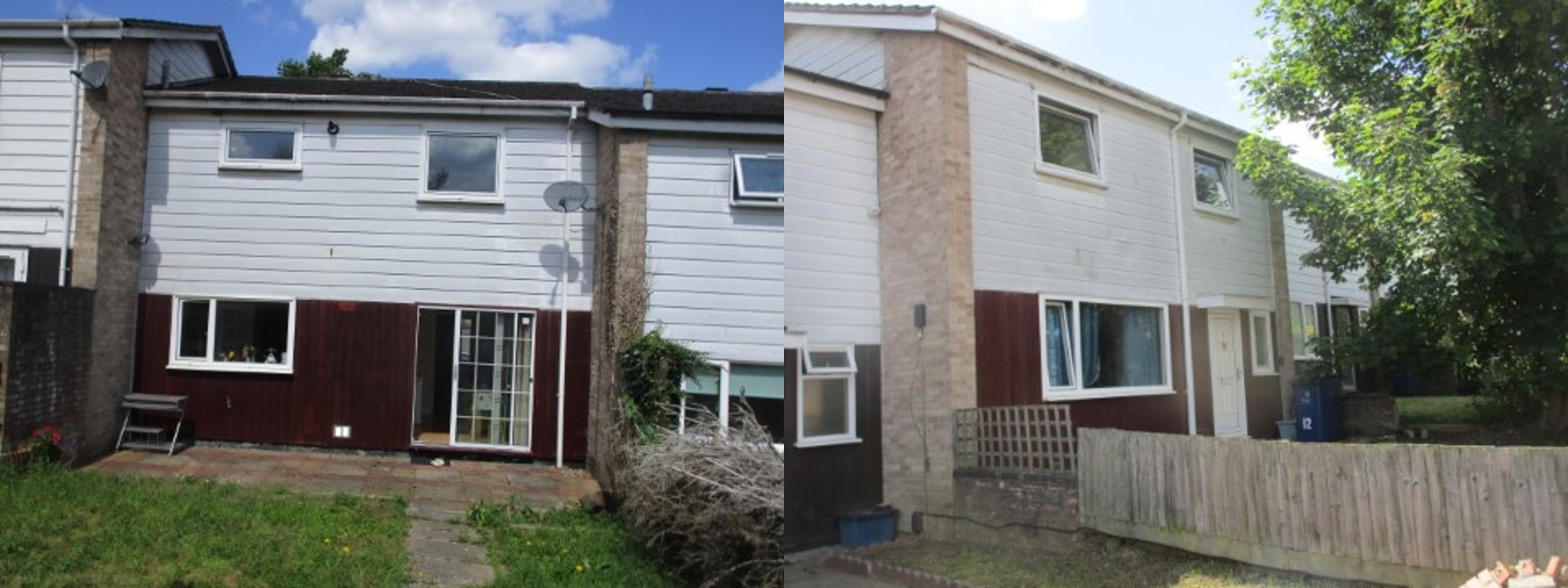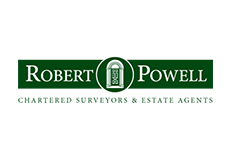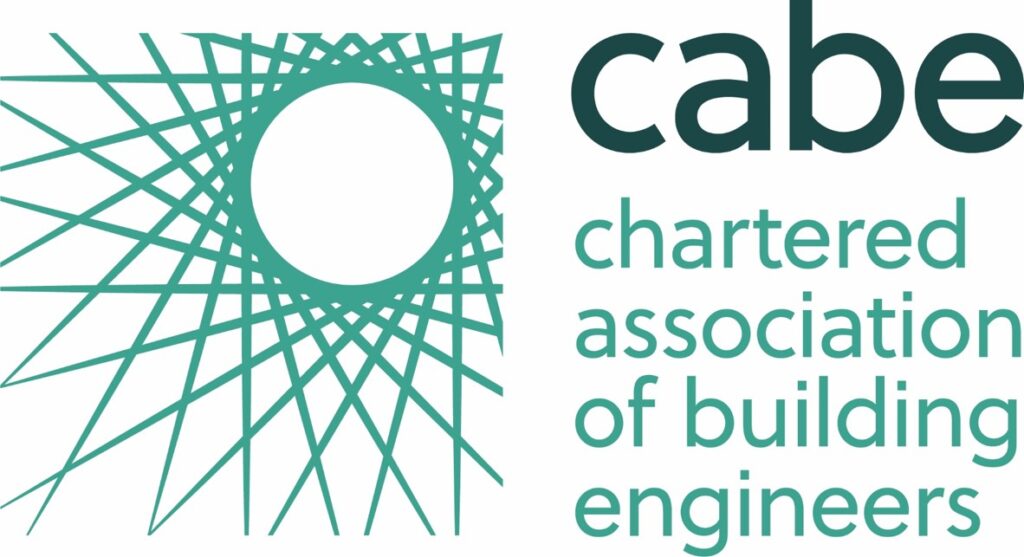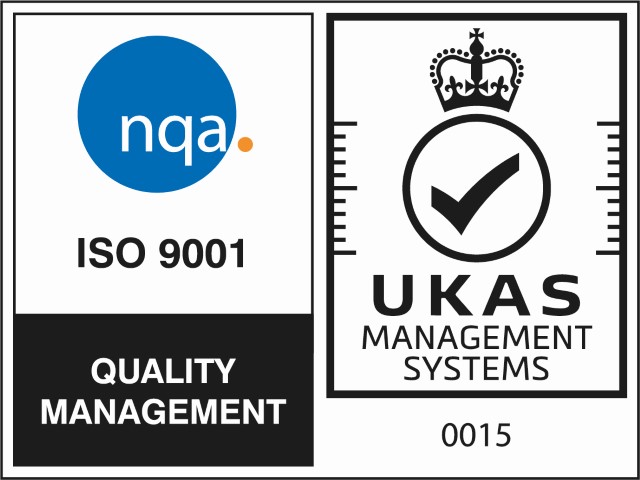It’s important to understand whether your house is built using non-standard construction methods and materials. While there are some very old non-standard properties, such as those made using cob and wattle and daub, the majority of non-standard houses were built in the 20th century. Construction gained pace after 1918, with the aim of catching up on the backlog of house building that had accumulated during World War 1, and providing enough housing for anticipated demand over the coming decade.
Cheap, modular, pre-fabricated houses grew in popularity over the following decade. While many of them have lasted just as well as traditionally built properties, there are certain types of non-standard construction that have been designated defective, with defects that will eventually lead to structural failure. Others used materials like asbestos, which we now know can pose a serious hazard to health, or were built using concrete that deteriorates over time. Furthermore, the huge push for rapid house building meant that some of the properties were built by low-skilled workers, whereas to successfully harness the innovative concepts used, a highly skilled workforce was necessary.
Because some of these properties are designated as inherently defective, and others are likely to require costs repairs and maintenance, lenders can be reluctant to provide mortgages for non-standard houses. This in turn makes it more difficult to sell these properties, because they are perceived as high risk.
The most common types of non-standard buildings are made from:
Prefabricated Concrete
There are more than 1.5 million concrete prefabricated homes in the UK. They were constructed after the Second World War to provide emergency affordable housing to those who lost their homes. However, concrete does not last as long as standard materials like brick and stone, and crumble and crack more easily. The steel frames which support the concrete are also susceptible to corrosion, leaving the home with a compromised structure.
Other prefabricated/modular buildings
These refer to any houses made using pre-built sections, or modules. They were particularly popular in the period following World War 2, because they could be built very quickly. However, because repairs often require large sections of the structure to be replaced, they can be very costly.
Steel Frame
Steel frames were most commonly used because they offer flexible design options and are resistant to rot and decay. However, they conduct heat and the cold, making it difficult to preserve energy in steel-framed property. The steel can also corrode severely, but it can be hard to know if this has happened, because it is encased within the walls.
Timber Frames
Timber frames were popular in the 15th century, and only 8% of homes are constructed with timber frames in the UK today. Often timber frame houses can look like standard properties, as they are hidden beneath brick and mortar. Timber frames are durable and energy efficient, but can be prone to rot if not maintained.
Wattle and Daub
Wattle and daub uses mud and straw and were used to construct homes more than 6000 years ago. Likewise, cob homes are prehistoric and are built using clay, sand, and straw. There are still tens of thousands of cob homes still standing in the UK as they are flexible and regulate temperature. These types of non-standard property do however need protection from the elements and require specialist repairs when damaged.
An alarming number of UK homes carry these non-standard traits and are labelled as ‘designated defected’ under housing defects legislation. It is crucial to consult a chartered surveyor to assess whether your building is non-standard, and they can also offer you advice on the structural integrity of the building and lifespan of the property. So, if you are unsure as to whether your home is non-standard, contact Allcott Associates today.











